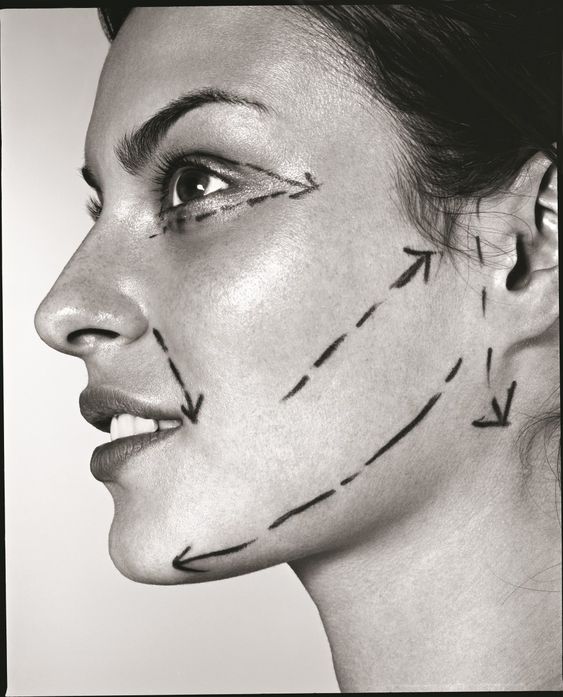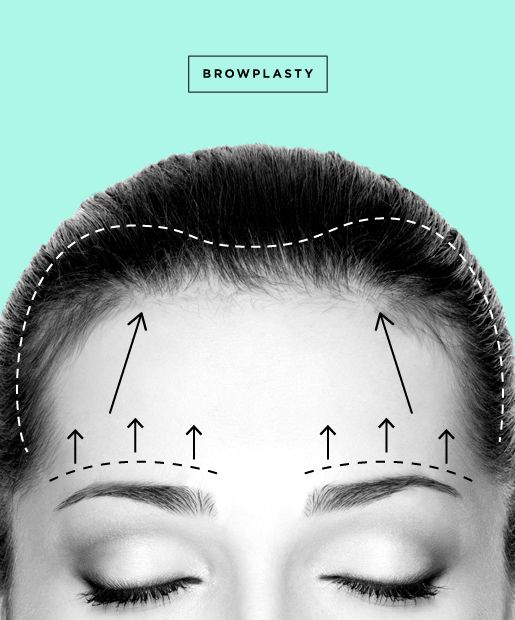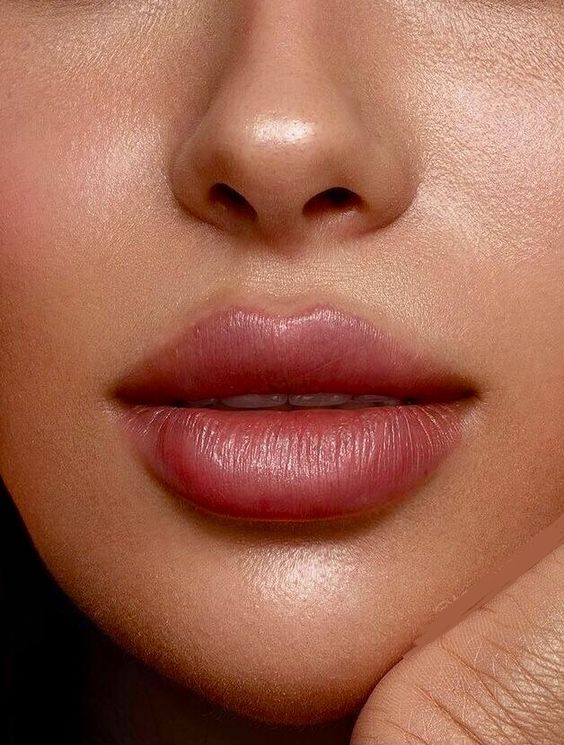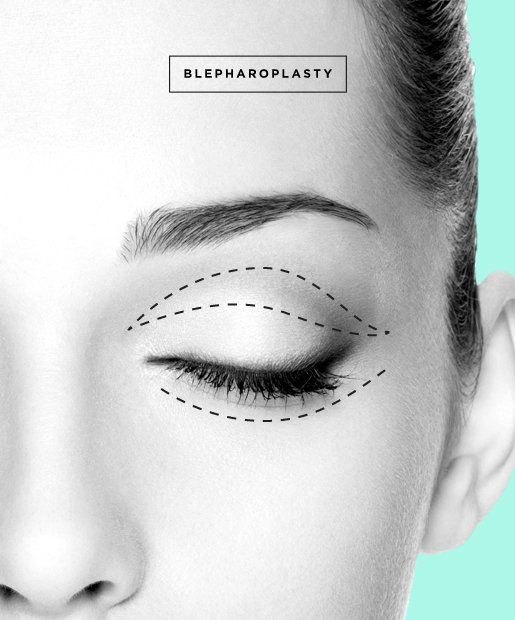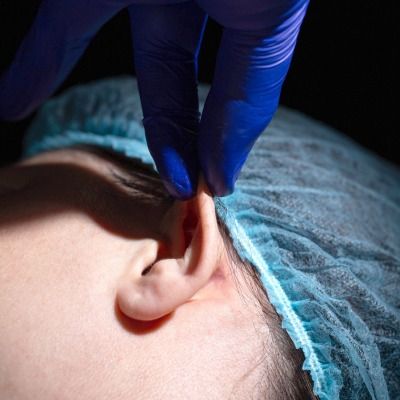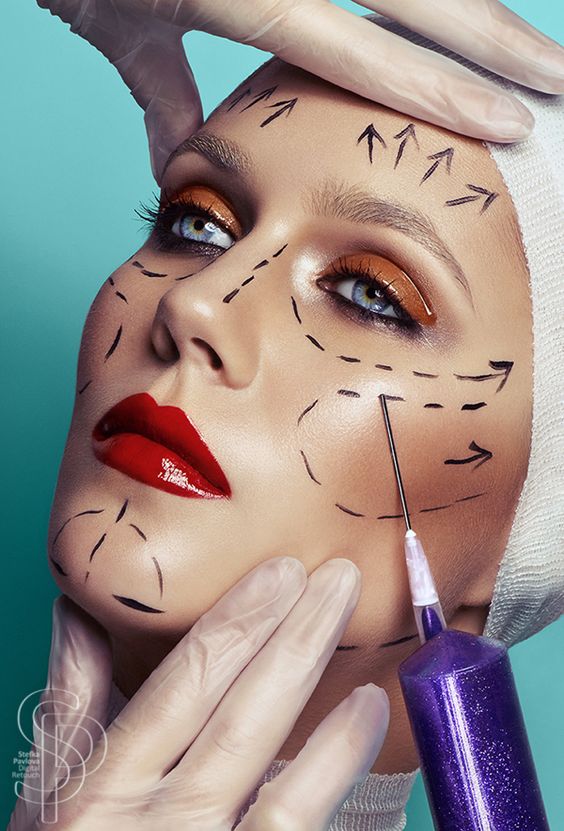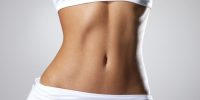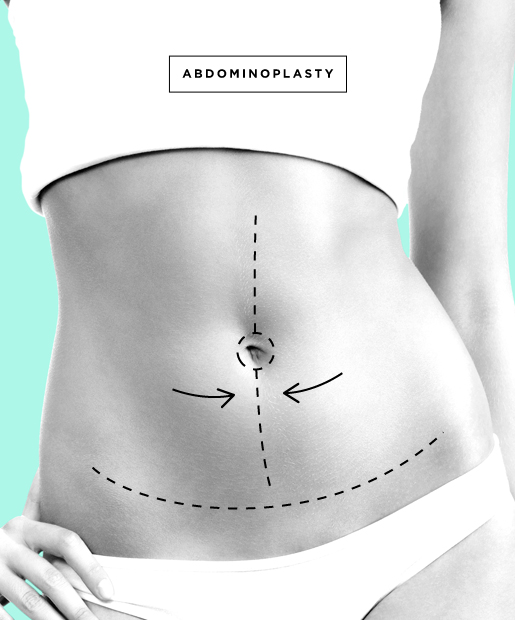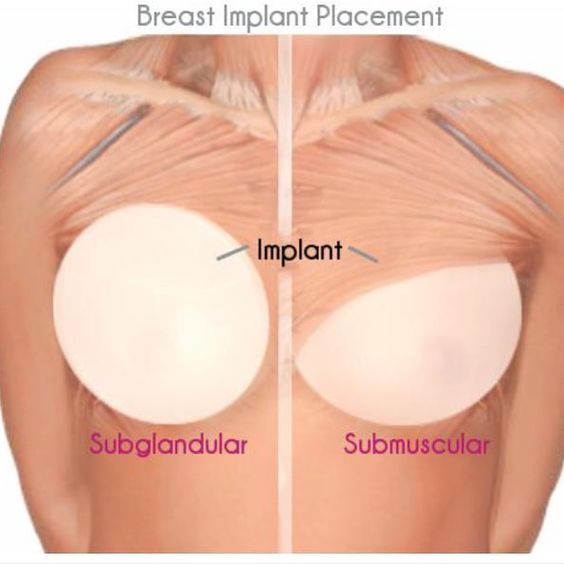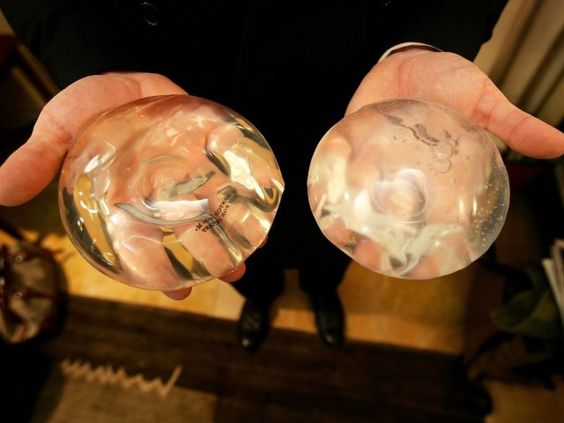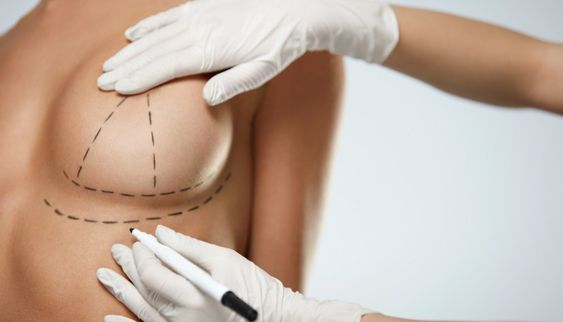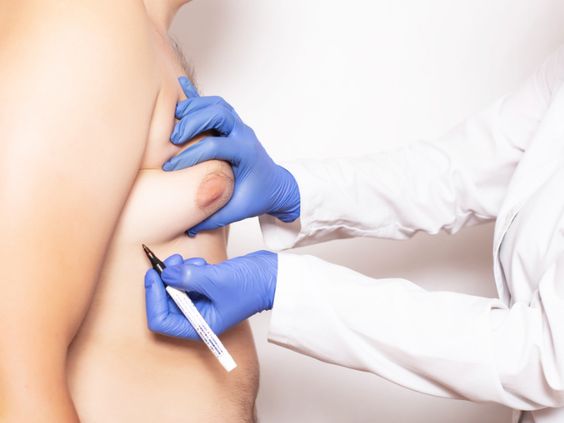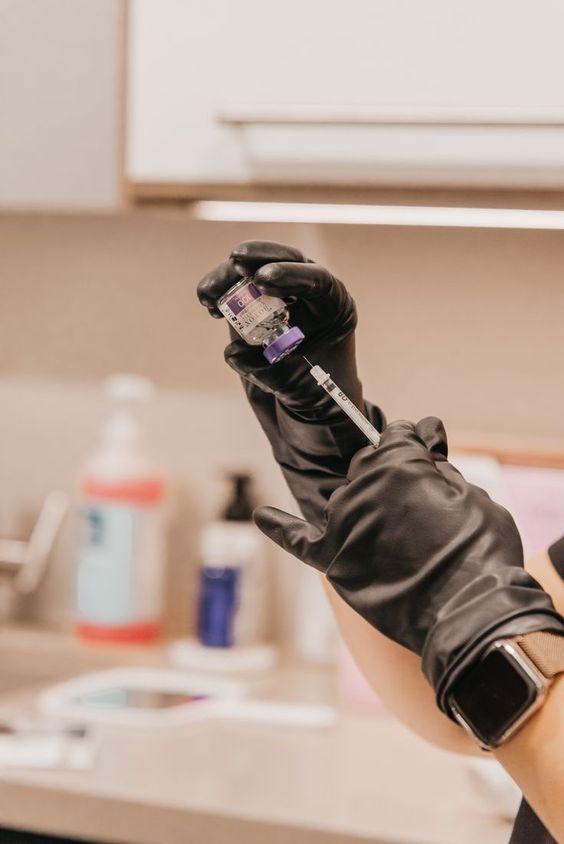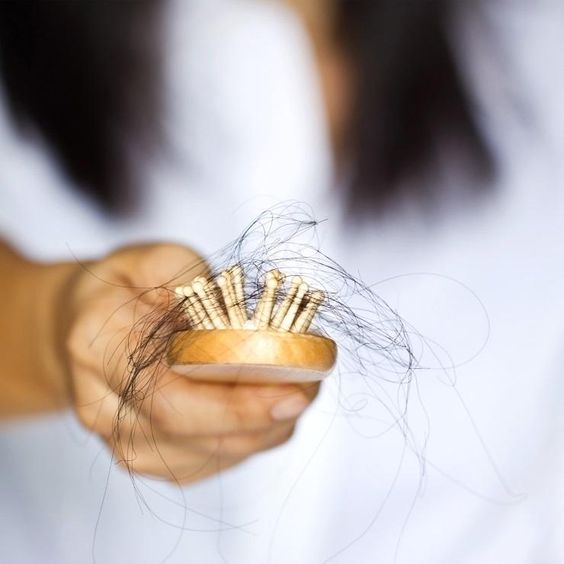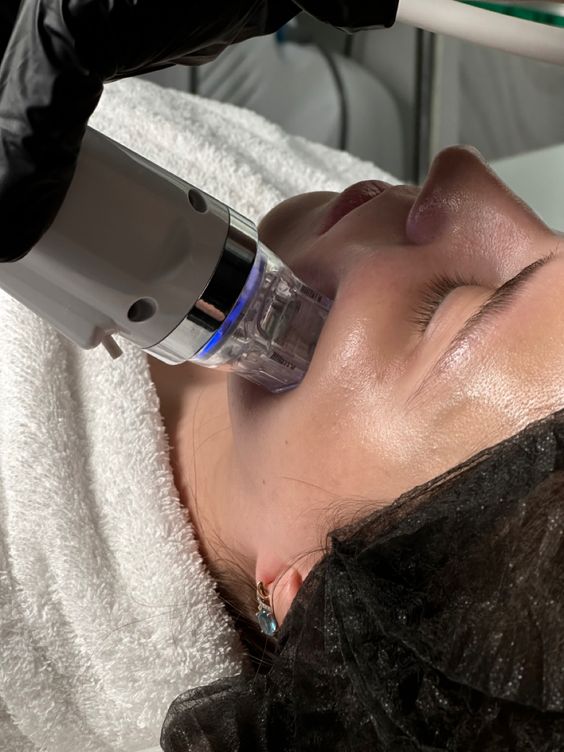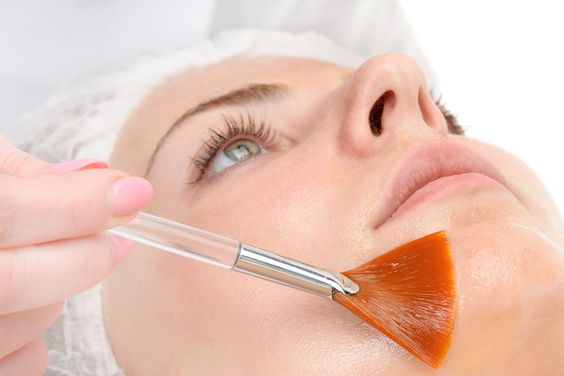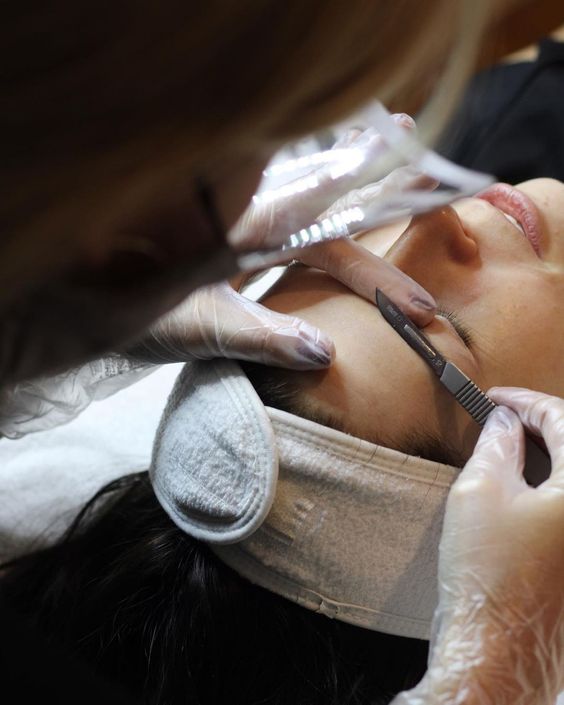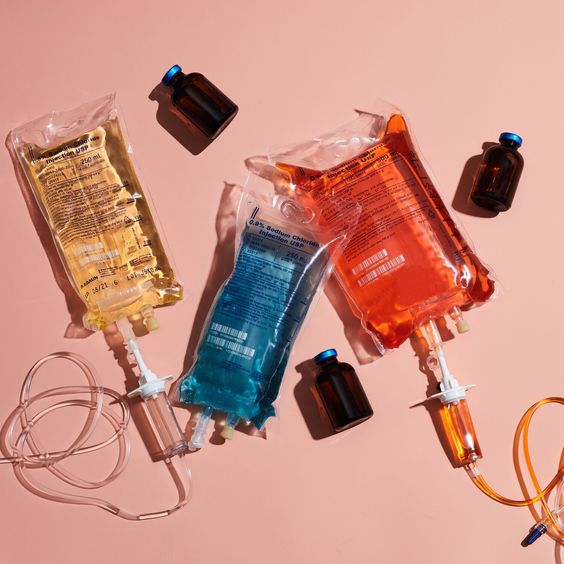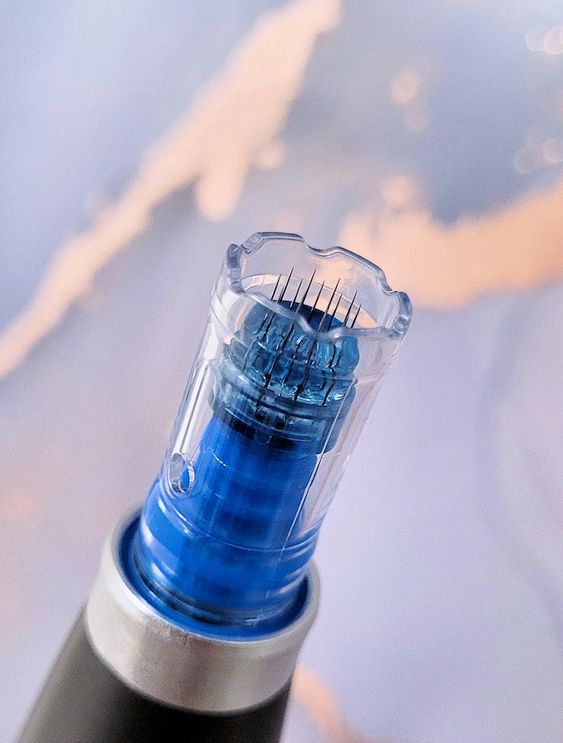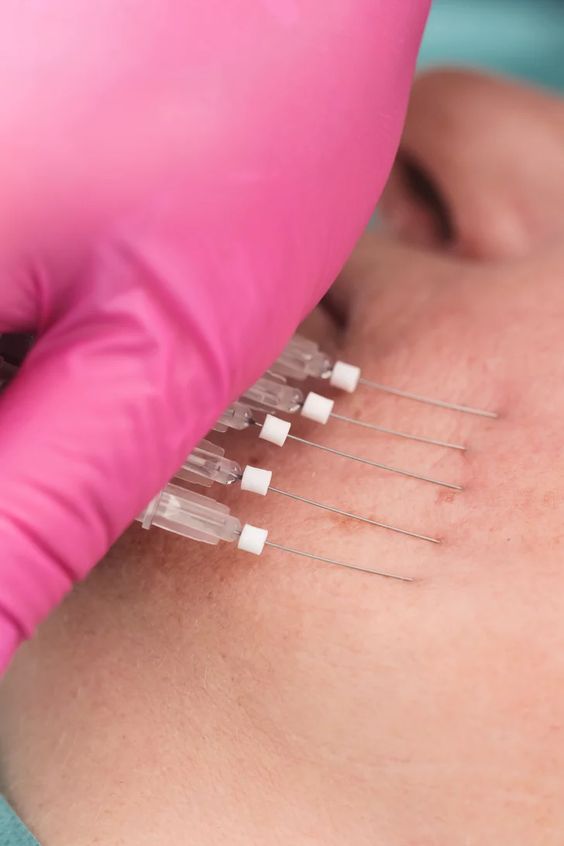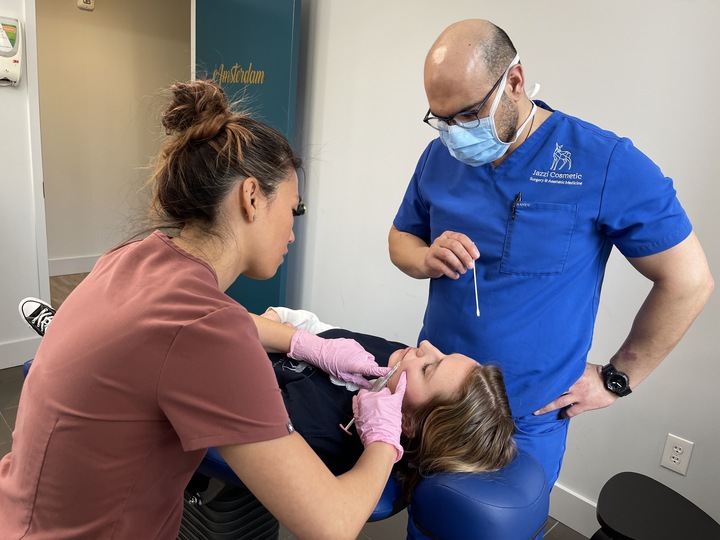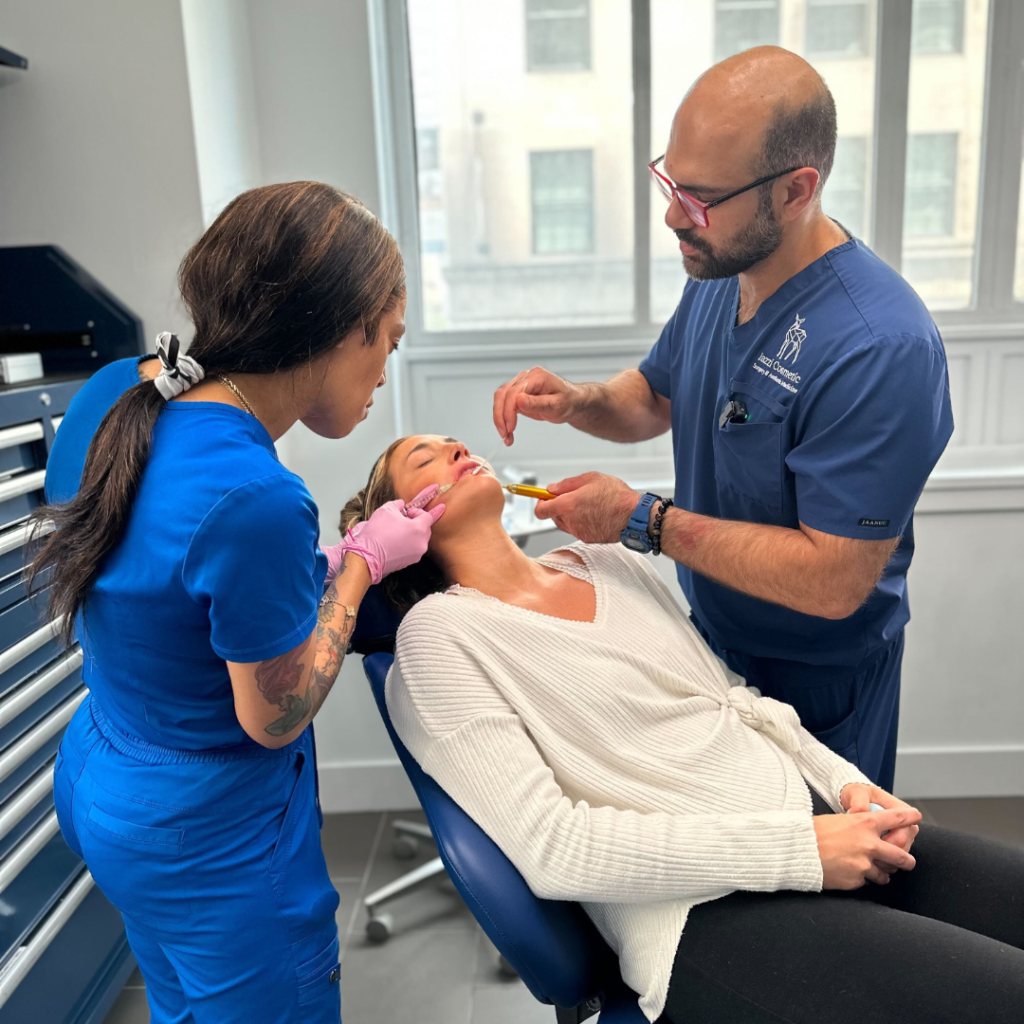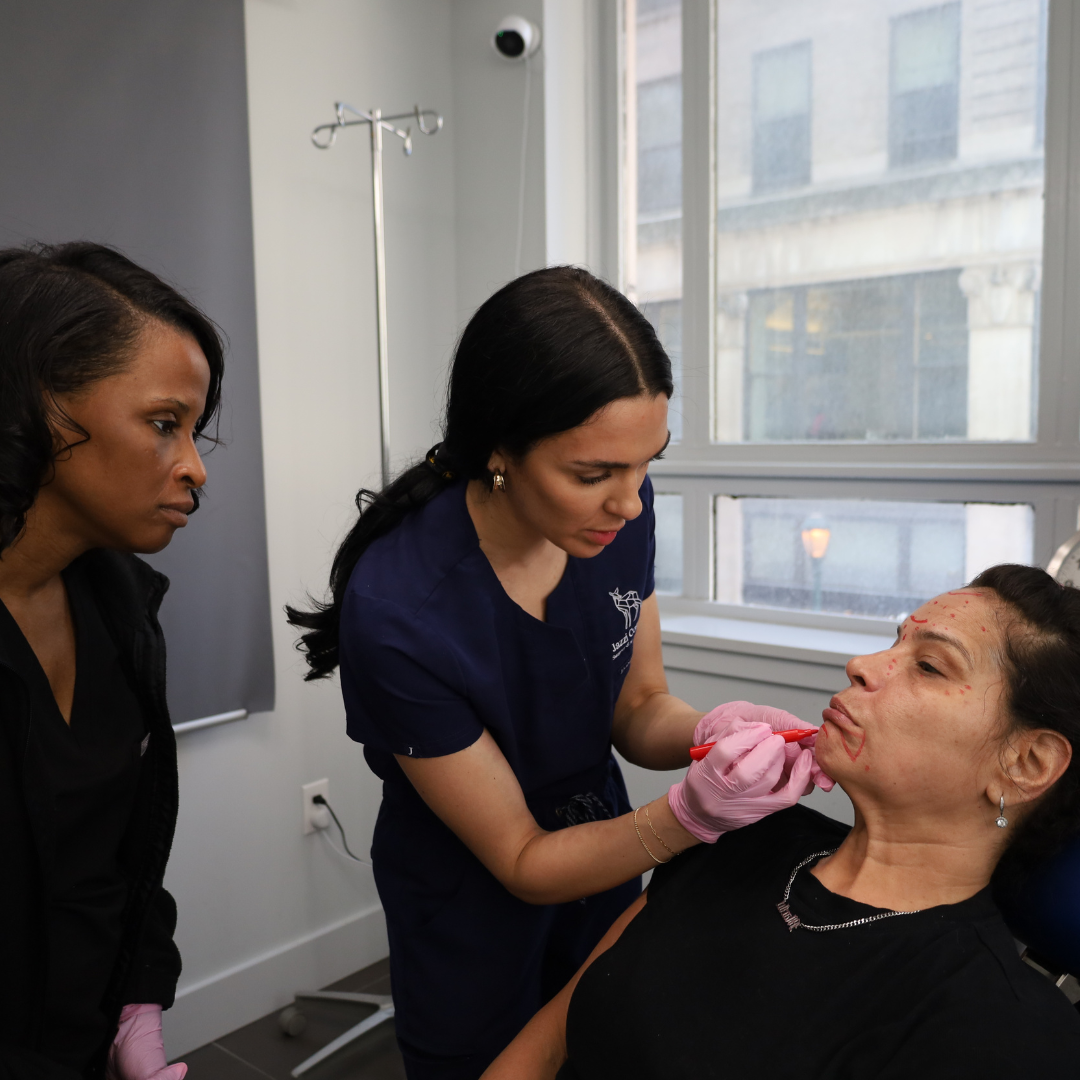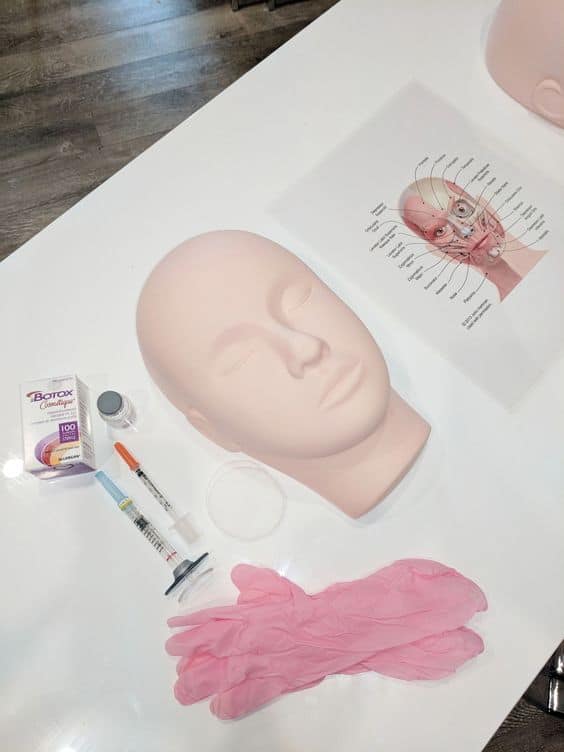Frequently Asked Questions
Both saline and silicone implants are FDA-approved and considered safe for breast augmentation. Saline implants have a long history of safety and easy detection of leakage, but some patients may prefer the natural feel of silicone implants. Extensive studies have shown that silicone implants have a low complication rate and high patient satisfaction. Ultimately, the choice should be made in consultation with a qualified cosmetic surgeon, considering individual goals and medical history.
Breast implant surgeries are typically performed by board-certified plastic surgeons with specialized training in this area. It is important to choose a surgeon who is experienced and skilled in breast augmentation to ensure safe and satisfactory results. Research and select a board-certified plastic surgeon with a proven track record of successful breast augmentation procedures. Have a thorough consultation to discuss your goals and concerns. Contact our practice in Philadelphia, Pennsylvania for further questions or to schedule a consultation.
The two main types are saline-filled implants and silicone gel-filled implants. Saline implants are FDA-approved for breast augmentation in women aged 18 and older, while silicone gel-filled implants are approved for women aged 22 and older. Both types are safe, but it’s important to consult with a qualified surgeon to determine the best option for you.
Breast implants are manufactured by several reputable companies worldwide. Some of the leading manufacturers include Allergan, Mentor, and Sientra. These companies have a long-standing history in producing high-quality breast implants that meet the safety standards set by regulatory bodies such as the U.S. Food and Drug Administration (FDA). It is important to consult with a board-certified cosmetic surgeon like myself to determine the most suitable implant manufacturer for your specific needs and goals. Remember, the choice of implant manufacturer should be based on factors such as safety, durability, and desired outcomes.
Breast implants can be inserted through three different incision options: inframammary, periareolar, or transaxillary. The choice of incision depends on factors such as the patient’s anatomy, desired outcome, and surgeon’s preference. Each technique has its advantages and considerations. It’s important to consult with a board-certified cosmetic surgeon to determine the most suitable incision and implant placement technique for your specific needs.
Breast implant removal is a safe and effective surgical procedure performed to address various reasons, such as implant rupture, capsular contracture, or patient dissatisfaction. During the procedure, I carefully remove the implants and any surrounding scar tissue or capsule. Some patients may choose to replace their implants or undergo a breast lift simultaneously. It is important to consult with a qualified and experienced cosmetic surgeon specializing in breast surgery to ensure optimal outcomes.
Breast implants can undergo changes over time, such as aging of the implant shell and the development of capsular contracture. Regular follow-up visits with your surgeon can help monitor the condition of your implants. It’s important to choose a skilled surgeon, follow post-operative care instructions, and attend regular follow-up appointments to minimize potential changes. If you have concerns, consult with a board-certified cosmetic surgeon.
Breast implants are medical devices used in breast augmentation surgery to enhance the size and shape of the breasts. They are typically made of a silicone outer shell filled with either saline solution or silicone gel. The manufacturing process ensures their safety and quality, with the silicone shell designed to withstand the pressures of the breast tissue. Both saline and silicone implants have been extensively studied and found to be safe. The FDA regulates breast implants to minimize complications. Consult with a board-certified cosmetic surgeon for personalized guidance.
Breast implants settle over time after surgery, with factors like implant size and placement influencing the process. Wearing a supportive bra and following up with your surgeon are important for optimal results. It may take weeks to months for implants to fully settle, so be patient.
Breast implants are placed through a surgical procedure called breast augmentation. The incision is made in a discreet location, such as the inframammary fold, periareolar area, or axilla. The implant can be placed above or below the muscle, depending on factors like the patient’s body type and desired outcome. After insertion, the incision is closed, and post-operative instructions are given for proper healing. Consult with a board-certified cosmetic surgeon for personalized recommendations.
Breast implants do not necessarily increase the likelihood of sagging after pregnancy. The key factors that influence breast sagging after pregnancy are genetics, skin elasticity, and the amount of breast tissue present. Breast implants add volume and enhance shape but do not provide structural support. To minimize potential effects, maintain a stable weight, wear a supportive bra, and consider a breast lift if significant sagging occurs. Consult with a board-certified cosmetic surgeon for personalized advice.
Breast implants do not cause sagging. The natural aging process and gravity are the primary causes of sagging breasts. Breast implants can actually help maintain a youthful appearance by providing volume and shape to the breasts. Regular follow-up visits and proper breast care are important for long-lasting results. Consult with a board-certified cosmetic surgeon for personalized advice.
Breast implants’ softness depends on the type of implant and surgical technique used. Silicone implants generally feel more natural and softer than saline implants. However, individual variations and factors like breast tissue can influence implant softness. Capsular contracture, a potential complication, can also affect softness, but advancements have reduced its occurrence. Consult with a board-certified cosmetic surgeon for personalized advice.
Breast implants do not directly cause stretch marks. While breast augmentation surgery involves the placement of implants, it does not necessarily lead to stretch marks. However, certain factors such as significant weight gain or loss, pregnancy, and genetic predisposition may increase the likelihood of developing stretch marks after breast augmentation. To minimize the risk, choose an experienced surgeon, maintain a stable weight, and follow post-operative care instructions. Consult with a board-certified cosmetic surgeon for personalized advice.
While breast implants can enhance the size and shape of the breasts, they do not directly address stretch marks. Other cosmetic procedures like laser therapy, microneedling, or chemical peels may be more suitable for treating stretch marks. Consult with a board-certified cosmetic surgeon to determine the best treatment options for your specific concerns.
Yes, breast implants can help lift the breasts to some extent. However, it is important to note that breast implants alone may not provide a significant lift for sagging breasts. In cases where the breasts have significant ptosis (sagging), a breast lift procedure may be necessary in addition to breast augmentation. A breast lift, or mastopexy, involves removing excess skin and reshaping the breast tissue to achieve a more youthful and lifted appearance. Combining breast augmentation with a breast lift can address both volume loss and sagging, resulting in fuller and perkier breasts.
As a double board certified cosmetic surgeon specializing in breast surgery, I am often asked about the best breast implants available. The “best” breast implants may vary depending on individual patient goals and preferences. Factors such as desired size, shape, and texture, as well as the patient’s body type and existing breast tissue, play a significant role in determining the most suitable implant. I always recommend FDA-approved breast implants from reputable manufacturers to ensure the highest quality and safety. It is essential to have a thorough consultation with a qualified cosmetic surgeon to make an informed decision.
When considering breast augmentation, it’s important to choose breast implants that align with your desired outcome and personal preferences. As a double board-certified cosmetic surgeon specializing in breast surgery, I assess each patient’s unique characteristics and discuss their goals to recommend the most suitable implant type, size, shape, and material. Silicone and saline implants are the main types available, each with their own advantages. To determine the ideal implant size, factors such as chest measurements, breast width, and desired cup size are considered. Consult with a qualified surgeon to ensure the best results.
Should you have a question that isn’t answered here, please call us at 215-999-6695 or email hello@jazzi.co !
We look are happy to help you 🙂



